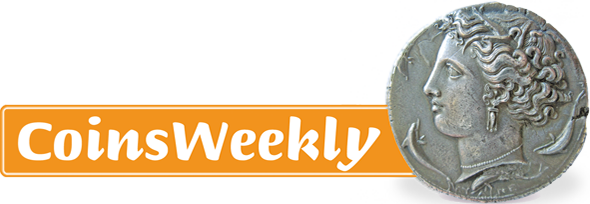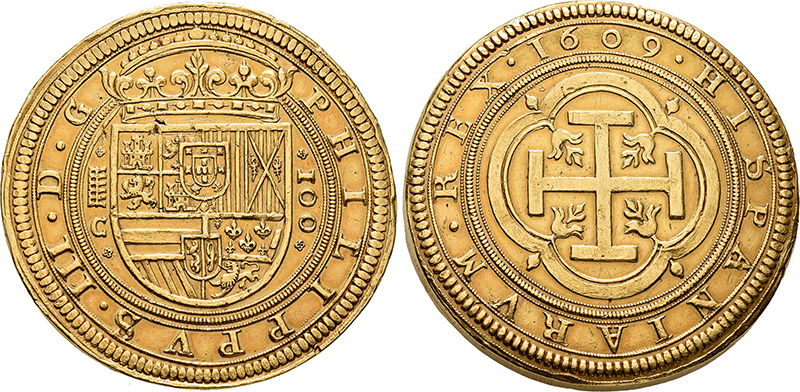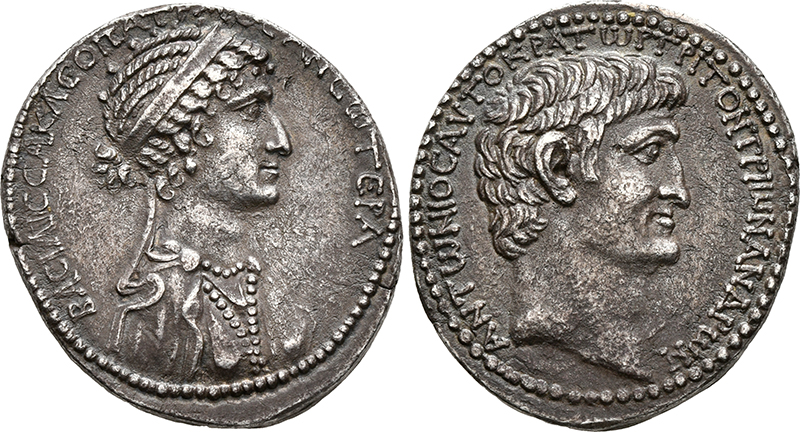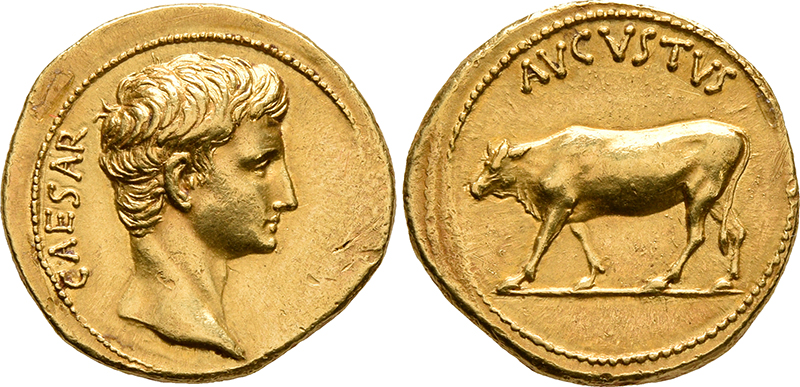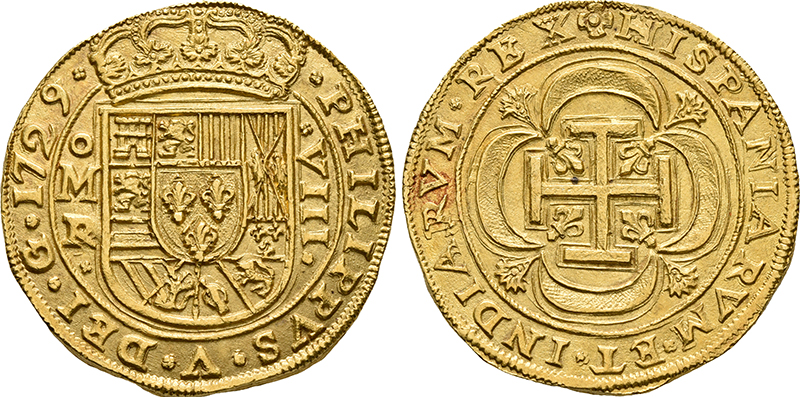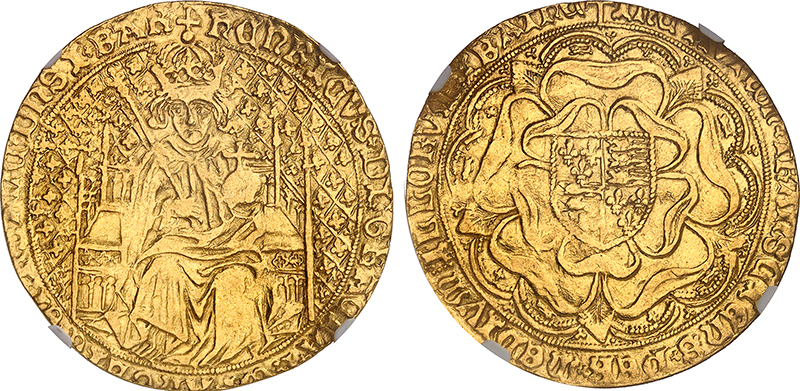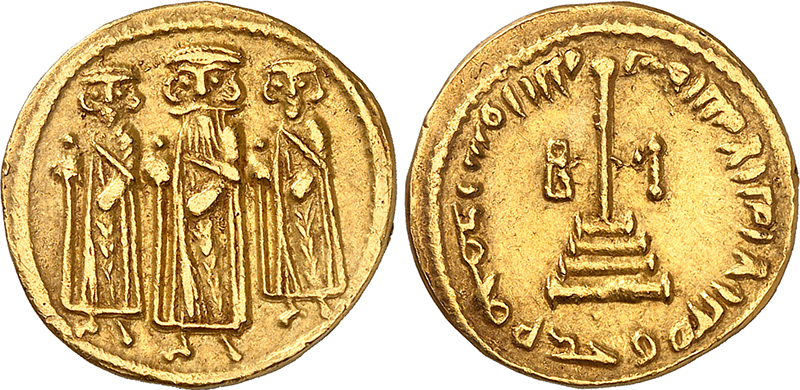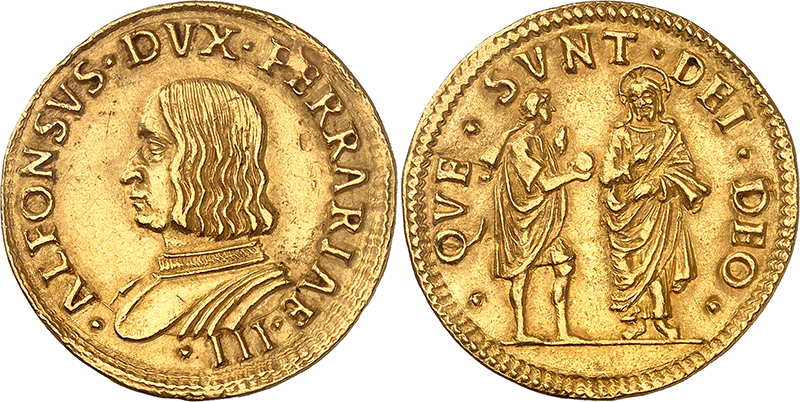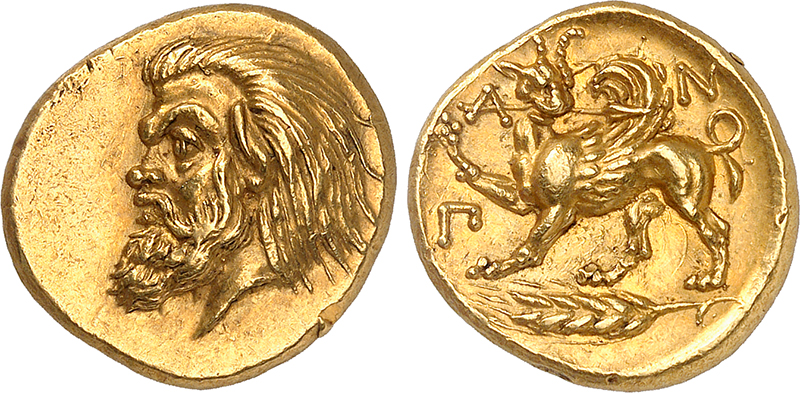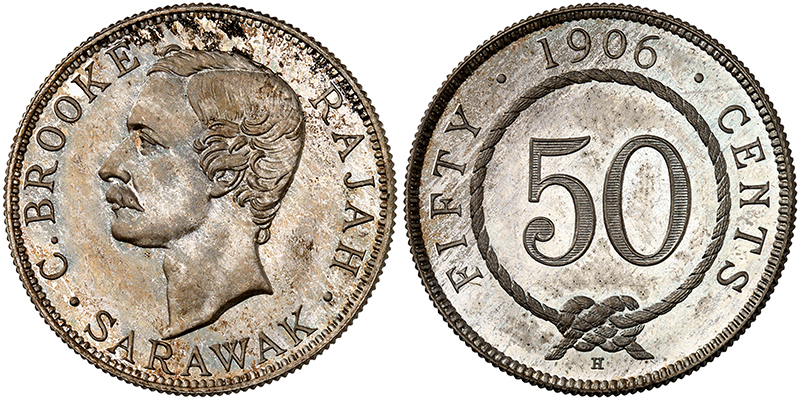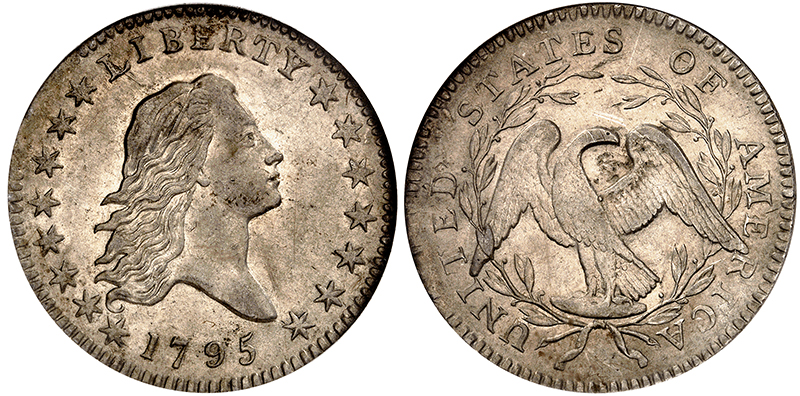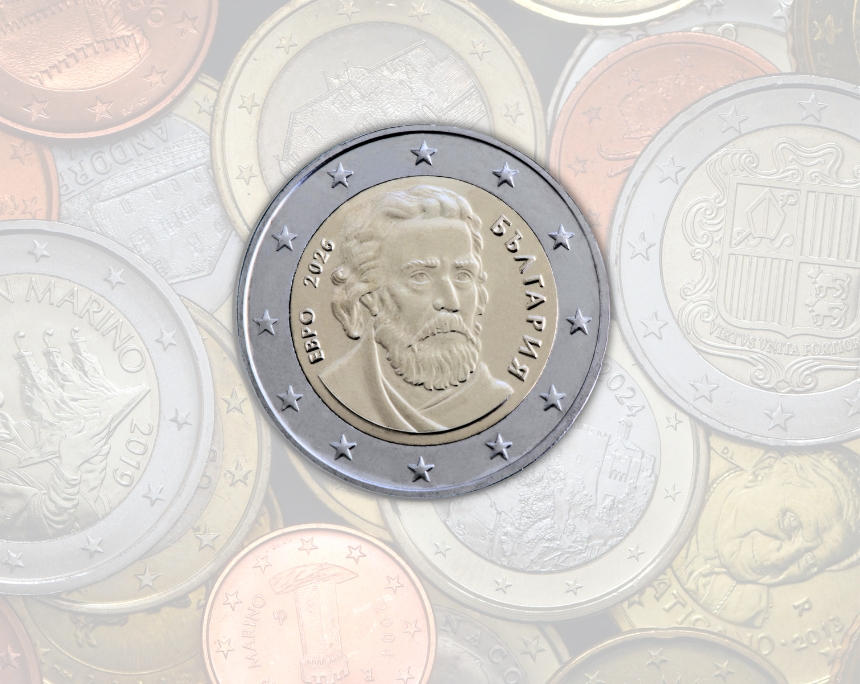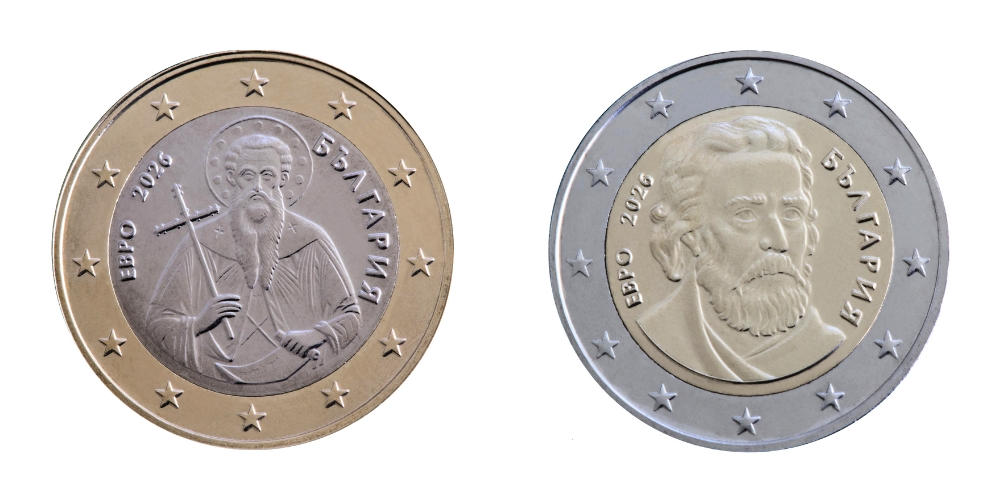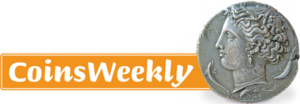Bulgaria Will Adopt the Euro in 2026
By Sebastian Wieschowski
ECB Executive Board member Philip R. Lane acknowledged the country’s progress and praised its efforts to achieve economic convergence under challenging conditions. Bulgaria would become the 21st EU member state to adopt the euro.
Content
Bulgaria fulfils all four economic convergence criteria: the inflation rate stood at 2.7 per cent in April 2025, slightly below the reference value. The budget deficit in 2024 was exactly 3.0 per cent of GDP – the maximum permitted under EU rules – while the debt-to-GDP ratio was just 24.1 per cent, well below the 60 per cent threshold. The Bulgarian lev has remained stable within the exchange rate mechanism ERM II for the past two years without deviating from its central parity. Long-term interest rates also remained within limits, averaging 3.9 per cent – below the reference value.
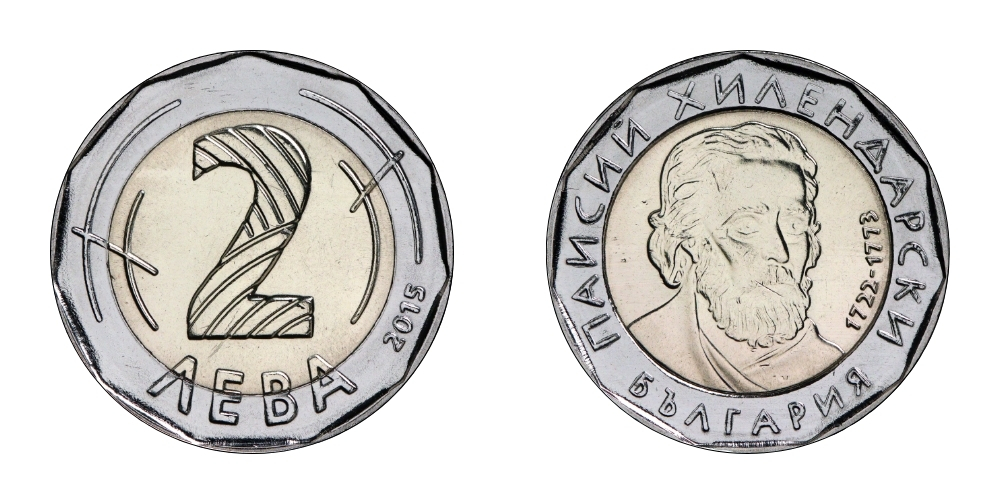
This is what the current 2-lev coin looks like – meaning Bulgarians won’t have to adjust much. Photo: Wieschowski.
Remaining issues in anti-money laundering
From a legal perspective, Bulgaria also meets the necessary requirements: national legislation is aligned with the EU Treaties and the Statute of the European System of Central Banks (ESCB). In addition, Bulgaria has fulfilled almost all of its commitments related to joining ERM II. However, the ECB report flags shortcomings in the country’s efforts to combat money laundering and the financing of terrorism – issues that should be addressed prior to the euro’s introduction. The next regular ECB convergence assessment is scheduled for 2026.
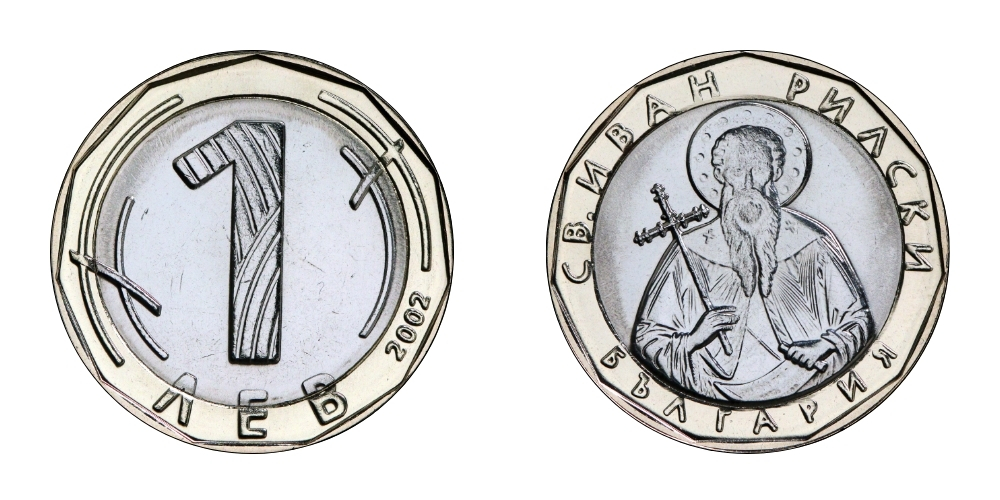
The current 1-lev circulation coin: bi-metallic coins are nothing new in Bulgaria. Photo: Wieschowski.
National Bank presses ahead with preparations
The Bulgarian National Bank can now move forward with the remaining steps needed to introduce the euro in 2026 – within a tight timeframe. According to the central bank, preparations for minting Bulgarian euro coins are already in their final phase: the national designs have been officially approved, blanks for production have been delivered, and the relevant contracts signed. “The actual minting of coins featuring the Bulgarian national side will begin immediately after the Council of the European Union formally approves the adoption of the euro, in accordance with Article 140(2) of the Treaty on the Functioning of the European Union,” the bank confirmed in a published Q&A. Based on past experience, the minting process itself is usually not the main challenge – support can be provided by other mints – but rather the logistical efforts required to supply shops with the new cash and convert cash register systems.
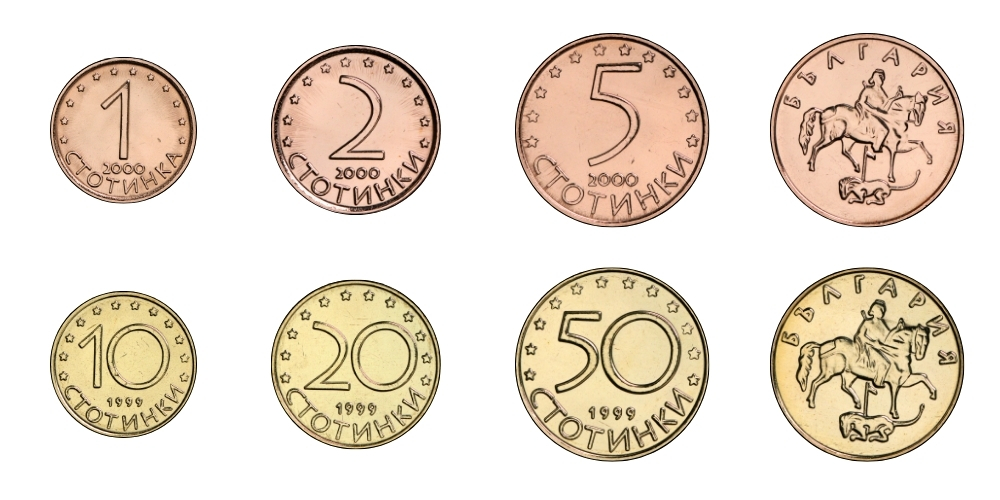
Bulgaria’s small-denomination coins also resemble the euro system in both colour and denomination. Photo: Wieschowski.
Development and Design of the Future Coins
On 9 April 2025, the Governing Council of the Bulgarian National Bank approved the revised designs for the national sides of Bulgaria’s future euro coins across all denominations (from 1 cent to 2 euros). The only change compared to the designs already agreed in 2024 concerns the updated issue year, now set to 2026. The motifs are based on existing Bulgarian circulation coins and were created by the state mint “Монетен двор”. The aim is to ensure visual continuity and recognisability for the Bulgarian public.
The national sides feature the Madara Rider (1 to 50 cents), Saint Ivan of Rila (1 euro), and the historian Paisiy Hilendarski (2 euros). Required elements include the circle of twelve stars, the country name in Cyrillic script “БЪЛГАРИЯ”, and-on the €2 coin-a rim inscription reading “БОЖЕ ПАЗИ БЪЛГАРИЯ” (“God protect Bulgaria”).
As optional elements, Bulgaria has also integrated Cyrillic value denominations such as “евро” (euro) and “стотинки” (cents) into the coin designs. This layout complies with EU Regulation No. 729/2014 and is intended to reflect Bulgaria’s national identity within the common currency system.
The Madara Rider (Мадарски конник)
The Madara Rider is a unique rock relief from the 8th century, carved into a vertical cliff face at a height of approximately 23 metres near the Bulgarian village of Madara. It depicts a horseman thrusting a spear into an animal, accompanied by a dog and an eagle-presumably as symbols of power and protection. The motif is considered a significant relic of early Bulgarian history and has been listed as a UNESCO World Heritage Site since 1979.
It was chosen as the design for the cent coins (1 to 50 cents) because it is deeply rooted in Bulgaria’s historical consciousness and regarded as a strong national symbol.
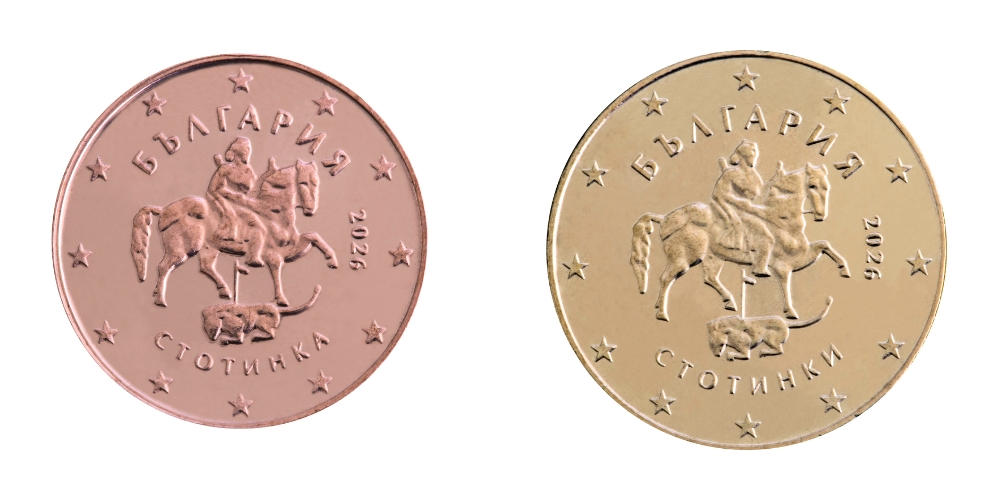
The Bulgarian coins from 1 to 50 cents will feature the Madara Rider. Photo: Balgarska Narodna Banka.
Saint Ivan of Rila (Свети Иван Рилски)
Saint Ivan of Rila, also known as John of Rila, lived in the 10th century and is the patron saint of Bulgaria. He was a hermit and the founder of the Rila Monastery, the most important Orthodox monastery in the country. Ivan of Rila symbolises spiritual renewal, humility, and national identity. His veneration extends far beyond religious circles, making him an iconic figure of Bulgarian culture.
His depiction on the €1 coin honours his exceptional role in Bulgaria’s spiritual and societal development.
Monk Paisiy Hilendarski (Паисий Хилендарски)
Paisiy Hilendarski was a Bulgarian Orthodox monk and is considered a key figure of the Bulgarian National Revival in the 18th century. His work Slavonic-Bulgarian History (1762) called on his compatriots to preserve their origins and become aware of their cultural identity-an appeal that had a profound impact on the Bulgarian national consciousness. The choice of his portrait for the €2 coin underscores his role as a father figure of the modern Bulgarian national movement.






